“Ain se Alif,” a project by Ariza Abbas, delves into the Alam’s evolution as a pivotal element in understanding the development of Indo-Shiite visual culture. The Alam, a symbol and devotional object, encapsulates the memory of Karbala and serves as a marker of religious identity. Ariza’s research employs historical analysis and contemporary design practices, integrating interviews, site visits, and participatory workshops.
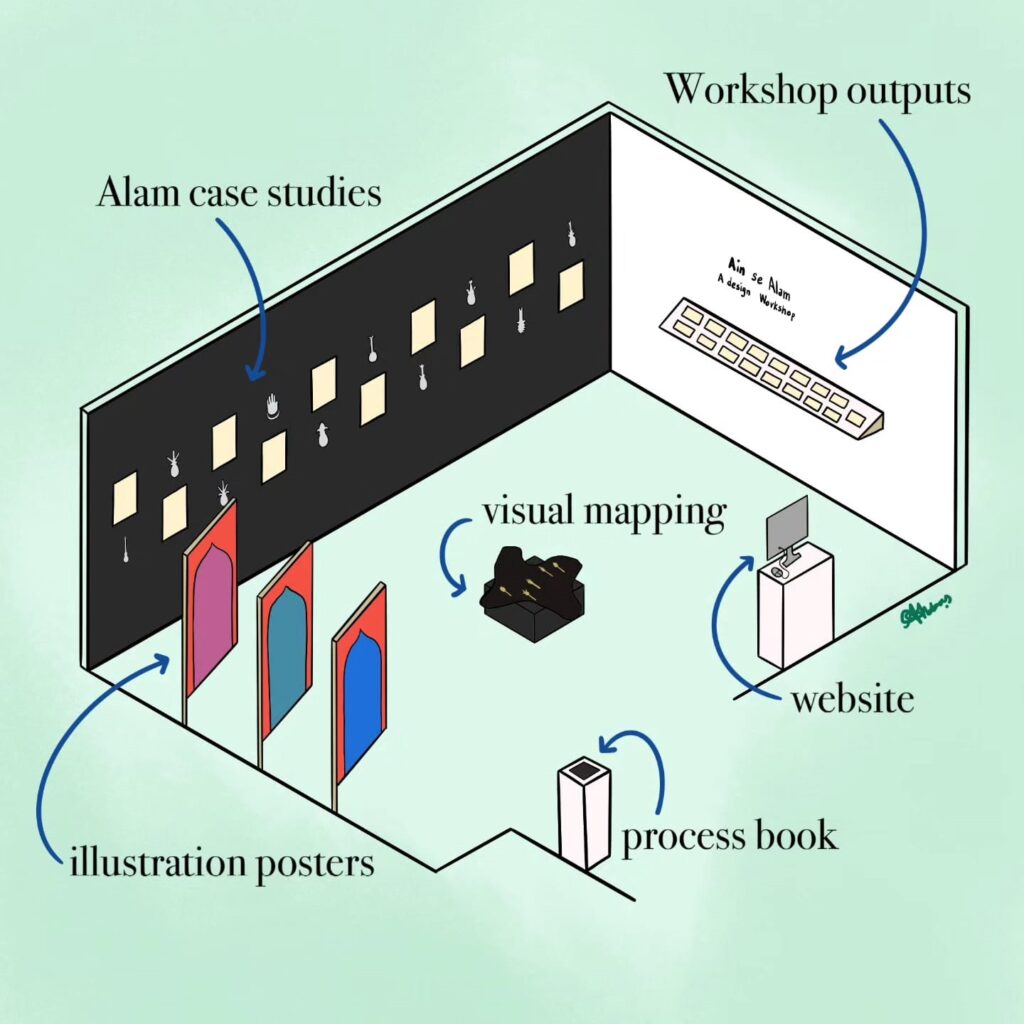
Through an anthropological design approach, the research examines the Alam’s evolution over 700 years within the Indian subcontinent, focusing on Pakistan, India, and Bangladesh. Ariza’s aim is to present an alternative understanding of South Asian history and design practices, rooted in community and indigenous devotional practices of Azadari. Spanning various time periods, geographies, and languages, the Alam reflects not only the devotion of the communities that create and engage with it but also the rich history of South Asia.
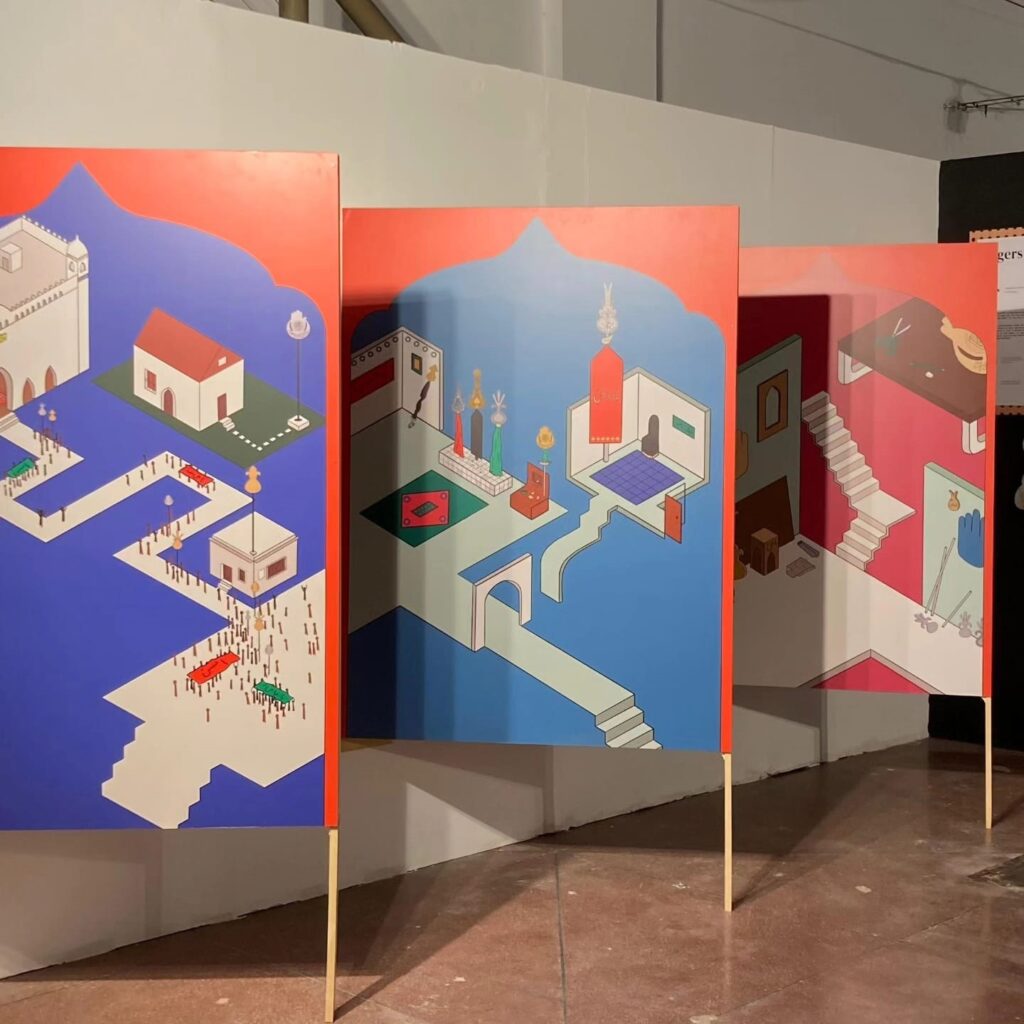
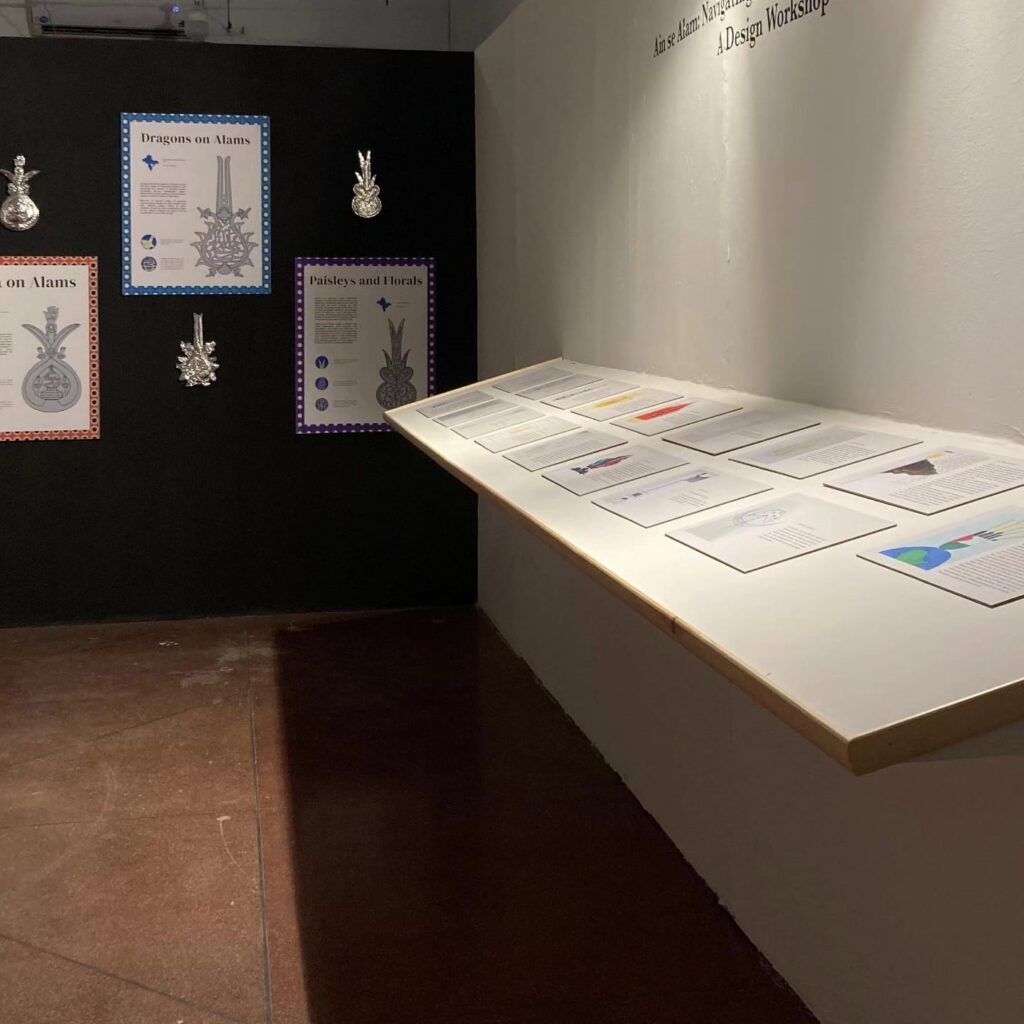
The oldest Alams found in South Asia date back to the Bahmani era in the Deccan region of South India, approximately 700 years ago. These Alams were brought or created under the rule of the Bahmani rulers, who were of Persian origin. Much of the cultural development during this period occurred under various Shi’a rulers of South Asia, with the early history tracing back to South India.
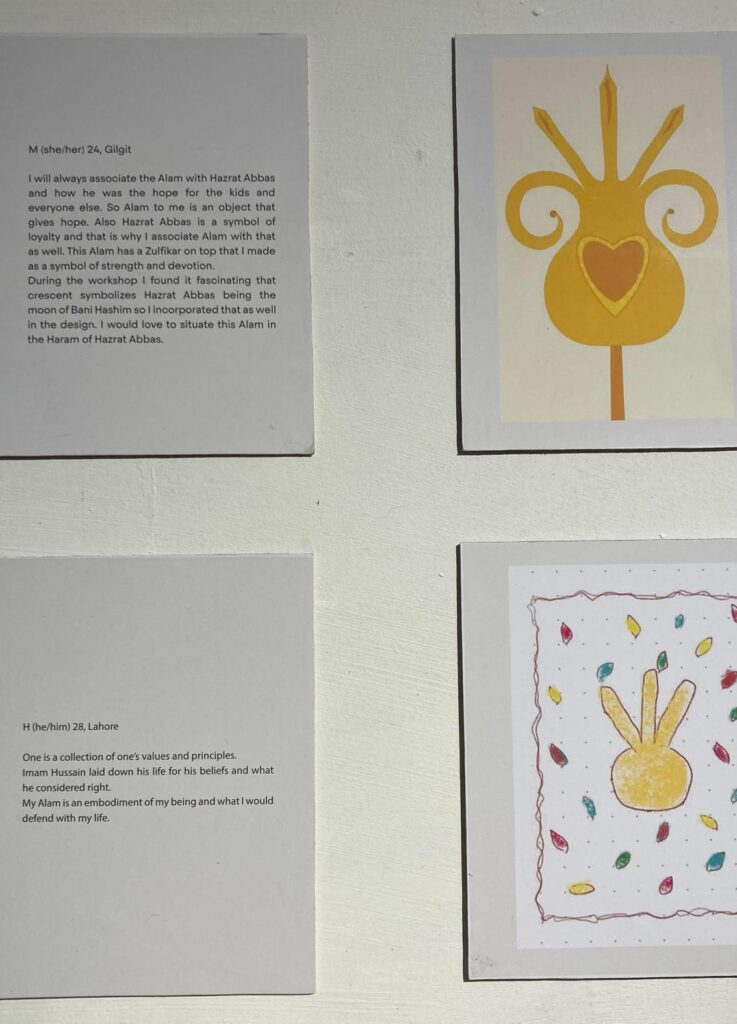
Another significant region for the development of Alams and Shi’a visual culture was Lucknow, known for producing some of the richest Azadari literature. While the designs of the Alams initially had Persian influences, local sensibilities and design aesthetics gradually shaped their production and the visuals depicted on them. These visuals included fishes, tigers, lions, and peacocks, as well as influences from textiles such as the paisley (keri) design and intricate calligraphy. Different materials were used over time, influenced by economy and regional aesthetics.
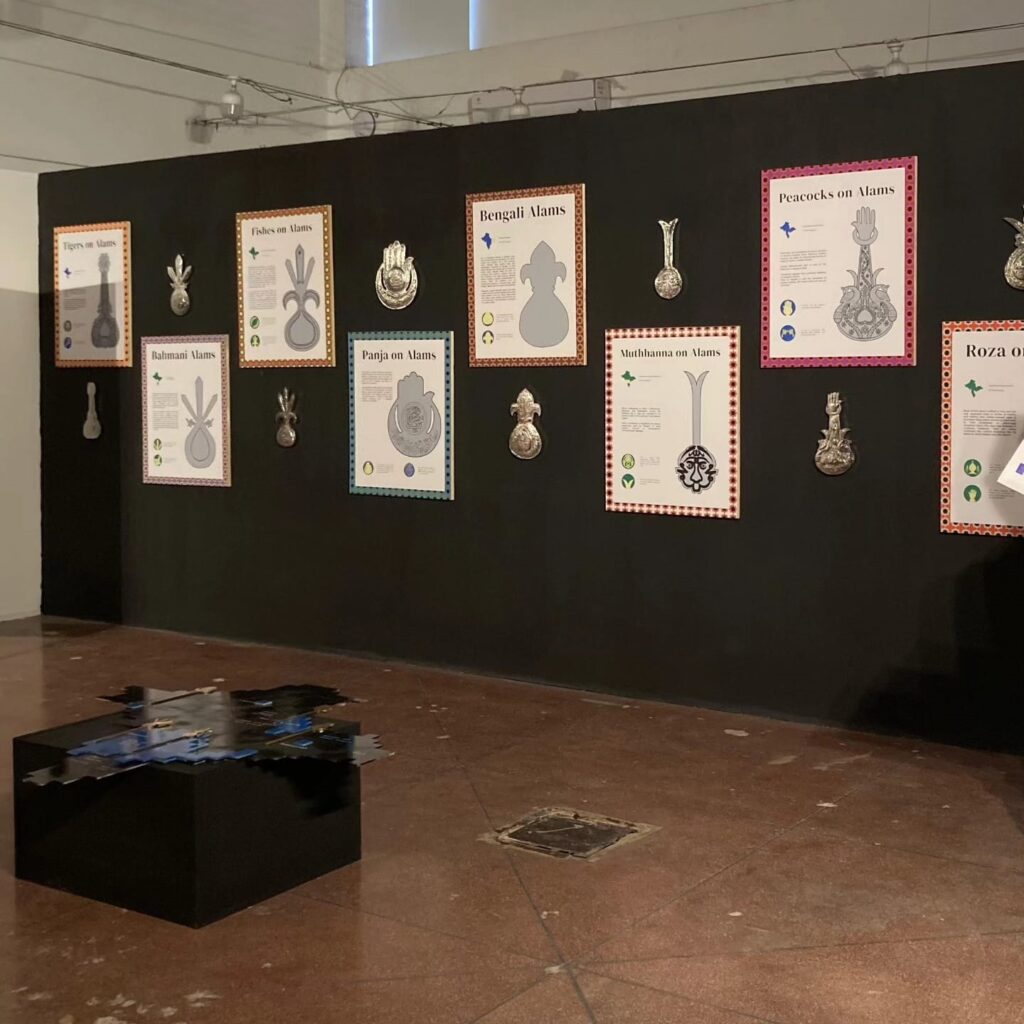
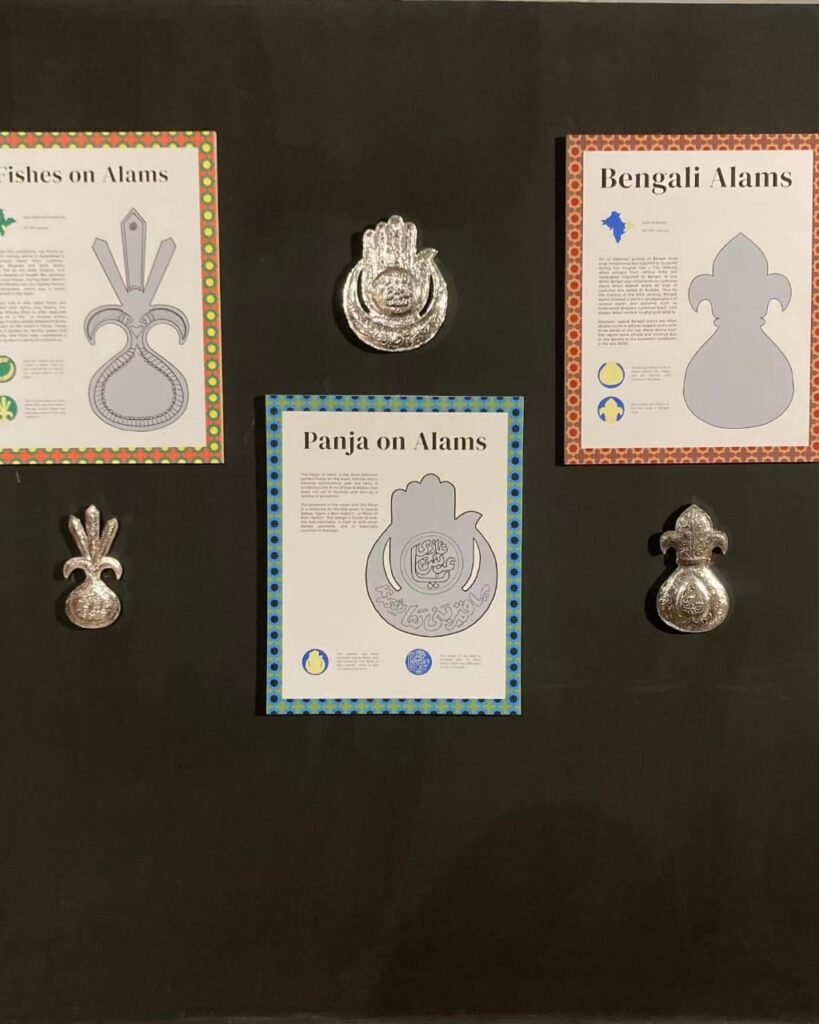
Ariza Abbas’s “Ain se Alif” project offers a profound insight into the Alam’s historical and cultural significance, highlighting its role in South Asian history and the intricate interplay of design, devotion, and identity.
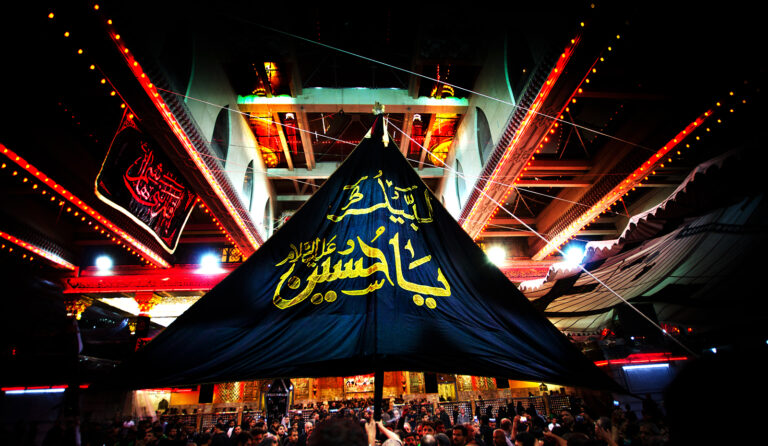
Comments are closed.